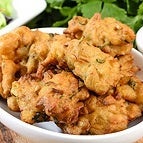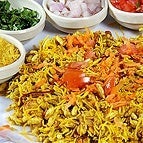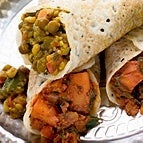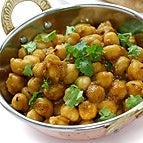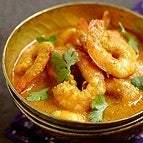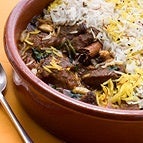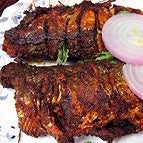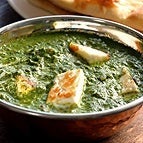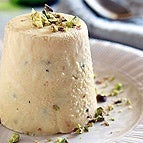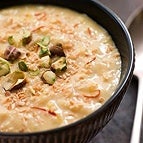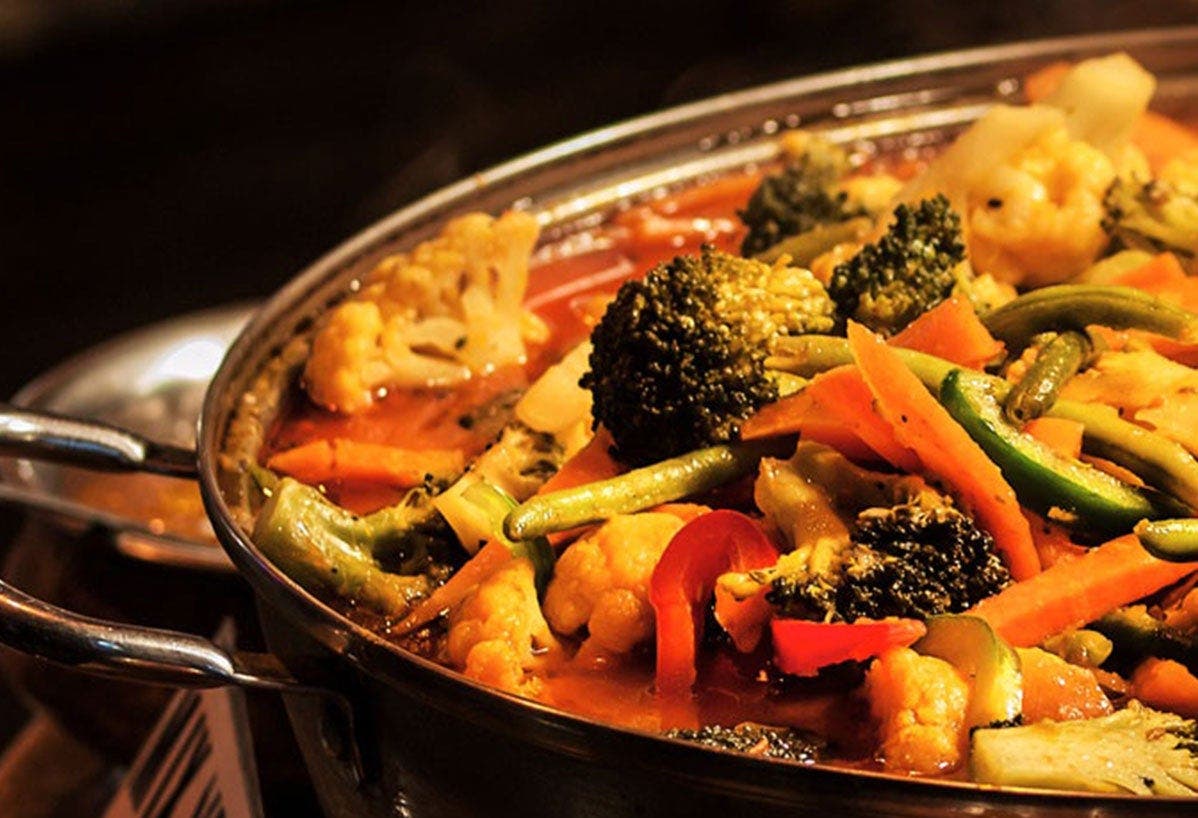

What to know:
Whether your Indian restaurant resembles the Taj Majal or serves its food out of the window of a truck, you’re sure to encounter some tempting staples of the Indian table. Here’s how to make the most of your meal while minimizing extras that will tack on hidden SmartPoints values.
Settle for a taste
While Indian food can be calorie-intensive, it’s not always necessary to do the full-course meal for an authentic taste. Rather than sit down for a monstrous meal, incorporate Indian flavours into your day with a smaller takeaway nosh from places that specialize in one item, like an order of tandoori, vegetarian dosa or kadhi, a spicy dish with thick chickpea gravy, for example.
Go easy on the naan
Naan, the most popular bread in Indian restaurants, can easily measure 10 inches across and comes brushed with ghee (clarified butter) and garlic. Having one is like eating an entire personal pizza crust; each has a SmartPoints value of about 6. Unlike naan bread, roti is unleavened and is available in white or whole-grain. A typical 6-inch round has a SmartPoints value of about 3. Chapati is similar to roti in character and calories, also with a SmartPoints value of 3. Made on a skillet, it closely resembles a whole-wheat tortilla.
Avoid the app trap
The “pakora,” “samosa” and “bhaji” families of small bites all indicate deep-frying. Be really careful about portions here if you’re looking to cut back SmartPoints values. Instead, request a cup of lentil soup.
Eat more tandoori
The flavour of grilling with the moist succulence of baking, tandoori dishes are that elusive combination of flavorful and healthful. Meats are traditionally marinated in spices and yogurt for up to 24 hours, delivering amazing flavour and moistness. Chicken, fish or meat, this is absolutely one of the best methods of cooking and should be top of your list.
Choose your chutney
The Indian restaurant table is a build-your-own feast, set with chutneys as key condiments, usually one red and one green. If you can handle the spice, the green chutney is the best choice. Made with mint, cilantro, and spicy chillies, this herbal and fiery condiment brings big flavour, with 1 SmartPoints value. That sweet red chutney, on the other hand, is loaded with fruit sugars from tamarind, dates or mango, meaning you’ll pick up 3 SmartPoints value for each tablespoon.
Turn up the heat
As with Thai and Chinese cuisine, it’s perfectly acceptable to request your dish to be made mild, medium, or spicy. The calories and SmartPoints values will be the same, but most people tend to eat less of a mouth-searing dish.
Get the raita stuff
Raita is a cooling condiment of yogurt, cucumber, and cilantro flavoured with cumin, coriander, and other spices. While the yogurt is generally of the whole-milk variety, with no additional calories, you’ll find a 1/2 cup of raita has a SmartPoints value of just 3. To quell the burning from a hot spice, a spoonful is a much better solution than chowing on rice and bread.
Don’t get creamed
“Masala” is your friend, a word that denotes a rich mix of Indian spices. Occasionally, however, you’ll encounter some other “m” words in place of, or alongside, masala. “Makhami” refers to a rich sauce oozing with ghee and heavy cream. “Malai,” popular in the dish Malai prawns, among others, refers to rich, clotted cream with up to 55-percent butterfat.
Verify the vegetarian
Most Indian restaurants have a large selection of vegetarian meals. However, there are many fatty vegetarian dishes where you still need to watch portions. For instance, malai kofta are vegetarian dumplings swimming in heavy cream. And “paneer” indicates firm cheese, which is almost always fried.
What to eat:
Enjoying this exotic cuisine doesn’t have to mean a SmartPoints blow-out. Try these strategies to make healthy choices.
|
Appetizers | |
|
|
Potato samosas
Like most Indian apps, this potato-filled fritter, a common street food and home snack in India, is a fried treat to be portioned. A typical order includes two samosas, but many Indian meals are presented family-style, so you might encounter a tempting platterful. At a SmartPoints value of 4 for each medium-size piece (about 1 oz.), watch your intake. |
|
|
Vegetable bhajias Onions are seasoned with spices and peppers, then battered and deep-fried into fritters in this popular street food. One serving (a cup) of these fritters clocks in at 13 SmartPoints value, so we suggest sharing with the table. |
|
|
Bhel puri |
|
|
Masala dosa |
Mains | |
|
|
Tandoori chicken |
|
|
Chana masala |
|
|
Shrimp coconut curry |
|
|
Lamb biryani |
|
|
Kerala pan-fried spicy fish |
|
|
Saag paneer |
Desserts | |
|
|
Mango lassi |
|
|
Kulfi |
|
|
Cardamom rice pudding |
Menu decoder:
Here are some common terms you'll see on menus in Indian restaurants.
Baingan: Eggplant
Bhaji: A fried appetizer or meal topping. Often chopped onions that are egg-battered, deep-fried and highly spiced.
Biryani: Any dish of spiced meat or vegetables with firm cooked rice.
Ceylon: A rich style of curry including coconut milk.
Chaval: Rice. Often spelled “chawal.”
Dahi: Yogurt.
Dal: Yellow lentil purée.
Garam masala: A healthful and flavourful combination of dried, ground spices.
Ghee: Clarified butter used on bread and in most curry dishes.
Kaskmir curry: A sweet curry that often includes fruit, along with the usual ghee, cream, and coconut, making it a rich dish.
Kheema: Indicates any meat that has been minced.
Kofta: Meat or vegetarian dumplings. It can be okay, but beware of the sauce options.
Makhani: A dish cooked with butter and cream, one to avoid.
Malai: A dish made with cream, high in calories.
Masala: Any dish cooked with garam masala, a blend of Indian spices.
Pakora: A fritter similar to bhaji.
Paneer: A firm, whole-milk curd cheese.
Papadum: A tortilla-like lentil cracker. Nutrition depends on whether it is roasted, toasted or fried.
Raita: A condiment or side dish of yogurt, cucumber, and spices.
Saag: Spinach.
Seekh kebab: Meat cooked on skewers. Usually made with ground red meat, bread and spices, tikka is a better choice.
Tahiri: Basmati rice with some token peas and vegetables. It’s essentially white rice with butter.
Tikka: Chunks of marinated meat cooked in the tandoor, making it a good choice, provided it’s not sauced.
Vindaloo: A hot curry from the Portuguese colony of Goa.


